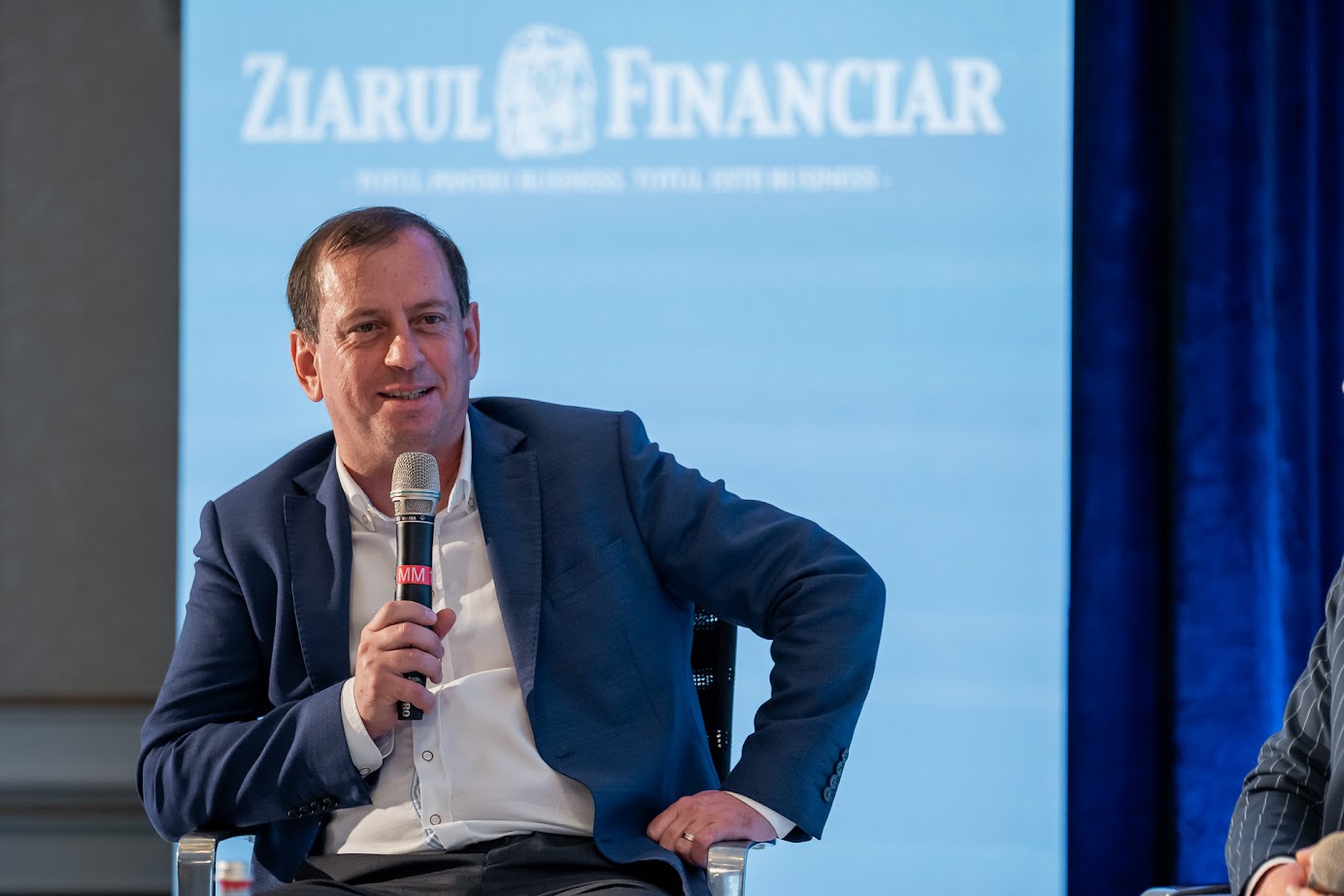On June 18, 2024, Professor Marian Siminică, PhD, Executive Director of the Institute of Financial Studies (ISF), participated in the ZF Bankers Summit 2024, an event that has reached its 13th edition. He represented ISF in Panel 3, titled "What is the state of financial education in Romania? What is the correlation between financial education and financial intermediation?"
Durring his speech, the Director emphasized:
"It is certain that we need financial education in all segments of society and we have seen progress in recent years, but there is still much to be done. The results obtained from the actions carried out in recent years give us hope. As of 2020, financial education has been introduced as a mandatory subject in schools, starting in the 8th grade. This was an important milestone, following a protocol between the Ministry of Education, the Ministry of Finance, the Financial Supervisory Authority (ASF), the National Bank of Romania and the Romanian Association of Banks. It will likely generate effects over time, possibly in 10 years. Then, in 2022, the Romanian Parliament declared April 11th as “'Financial Education Day.” This year, the Romanian Government approved the National Financial Education Strategy for the period 2024-2030, which includes objectives and action directions. All these efforts have been complemented by financial education projects implemented by most entities in the banking and non-banking financial markets, starting with BNR, ASF, BVB, ISF, banks, and universities that have been involved in this approach. The results are starting to show. We can indirectly identify the level of financial education through macroeconomic indicators, namely: the degree of inclusion, the number of investors in the capital market—which has increased fourfold in the last five years—the number of voluntary insurance policies, the number of participants in voluntary private pension funds, and the number of bank cardholders. These are evident increases demonstrated by macroeconomic data, but the direct way to measure financial education is through surveys."
Regarding the evaluation of the impact of financial education projects, the Director continued by saying, "The equation is much more complicated because, very often, the indicators by which we measure the impact of financial education are also dependent on other indicators. For example, a reference indicator is the number of investors in the capital market. When it increases, we associate it with the rise in the level of financial education. At the same time, the growth in the number of stock market investors is not solely determined by financial education. Major events, such as the listing of Hidroelectrica or government bonds, have contributed to the increase in the number of investors. Claiming that the number of investors has increased solely due to financial education would not be accurate. The number of stock market investors has grown four to five times, not just because of financial education. On the contrary, when people start investing in the stock market, they need financial education, which enhances our activities. Therefore, it is difficult to set quantitative indicators and take full credit for them. We aim for a 20% or 40% increase in the number of stock market investors over the next two years, but things are interconnected. However, we do have indicators to measure our involvement in each project, such as the number of participants, the number of lecturers, feedback surveys applied at the beginning and end of the project. Still, we do not link these indicators or the success of our efforts to the evolution of macroeconomic indicators because we are just one cog in a functioning system", concluded the Director in his speech.
Source HERE

